2023.08.24
The summer of 2023 was by far the hottest in history. People were seeking solace in air-conditioned spaces or donning cooling attire. Here's some food for thought: Can buildings also be outfitted with similar cooling solutions?
Led by Professor Dehui Wan (萬德輝) from the Institute of Biomedical Engineering at National Tsing Hua University (NTHU) in Taiwan, a research team drew inspiration from the silver ants inhabiting the Sahara Desert and created a biomimetic material called "super-cooling nanofiber."
Covering roofs with this thin, pliable, and durable fiber membrane, which is resistant to UV rays and acid rain, is like adorning buildings with cooling attire. This innovation can lead to a reduction of over 12˚C in indoor temperatures, resulting in significant savings in electricity costs. Furthermore, it aligns with the broader goals of energy efficiency, carbon reduction, and ultimately, the protection of our planet.
Professor Wan pointed out that Saharan silver ants manage to thrive in scorching temperatures of up to 70˚C primarily because of their triangular prism-like hairs. These hairs reflect a significant portion of the sunlight that hits them. Most of the absorbed energy from visible light is converted to longer wavelength infrared light, which is then emitted through the hairs, leading to an efficient cooling effect.
Taking cues from the hairs of these desert-dwelling ants, the research team embarked on a comprehensive exploration of diverse materials, configurations, dimensions, and hues. Using advanced optical engineering techniques, they employed ceramic materials to create white fibers measuring just a few hundred nanometers in diameter. These fibers possess the ability to reflect 97% of sunlight, resulting in a substantial cooling effect.
In the blistering sun, Professor Wan led his students as they conducted experiments on the roofs of campus buildings. They applied the super-cooling nanofiber membrane to the roofs of small-scale houses and used an infrared thermal camera to measure the temperature. This resulted in a notable decrease from 50˚C to 29˚C. Likewise, temperatures often rose to 60˚C inside a model car during the hot summer days. Yet, after applying the super-cooling nanofiber membrane, the temperature decreased by 17˚C.
The research team found that this innovative ceramic nanofiber doesn't just reflect sunlight; it also converts absorbed heat into infrared radiation, which passes through the atmospheric layer known as the "atmospheric window" and dissipates into the cold vastness of outer space, rather than being retained at the Earth's surface or in the atmosphere. This development holds promise for mitigating the greenhouse effect, providing a ray of hope in the battle against global warming.
The research project, led by NTHU in collaboration with National Taiwan University and National Yang Ming Chiao Tung University, achieved international recognition when it was published in the prestigious journal Nano Today in February 2023. The team is currently in the process of applying for twelve domestic and international patents for the super-cooling materials.
After successfully developing the white opaque super-cooling nanofiber membrane, the team explored the possibility of developing a material with similar properties, this time in the form of a clear adhesive gel. This prompted a new research effort, culminating in the development of a "super-cooling silk film." When applied to see-through windows, smartphone screens, and solar panels, it converts thermal energy into infrared radiation, which is subsequently emitted into outer space.
Professor Wan explained that the "super-cooling silk film" is made from natural silkworm cocoons. By deconstructing the fibers and modifying their structure, the team purified the silk fibroin protein to create a transparent and uniform film. Their research and experimentation showed that smartphones equipped with this film exhibited a temperature decrease of 5.1˚C, while solar panels experienced a substantial reduction of 14˚C. The research finding was featured on the inside back cover of the prestigious materials science journal Advanced Functional Materials in August 2023.
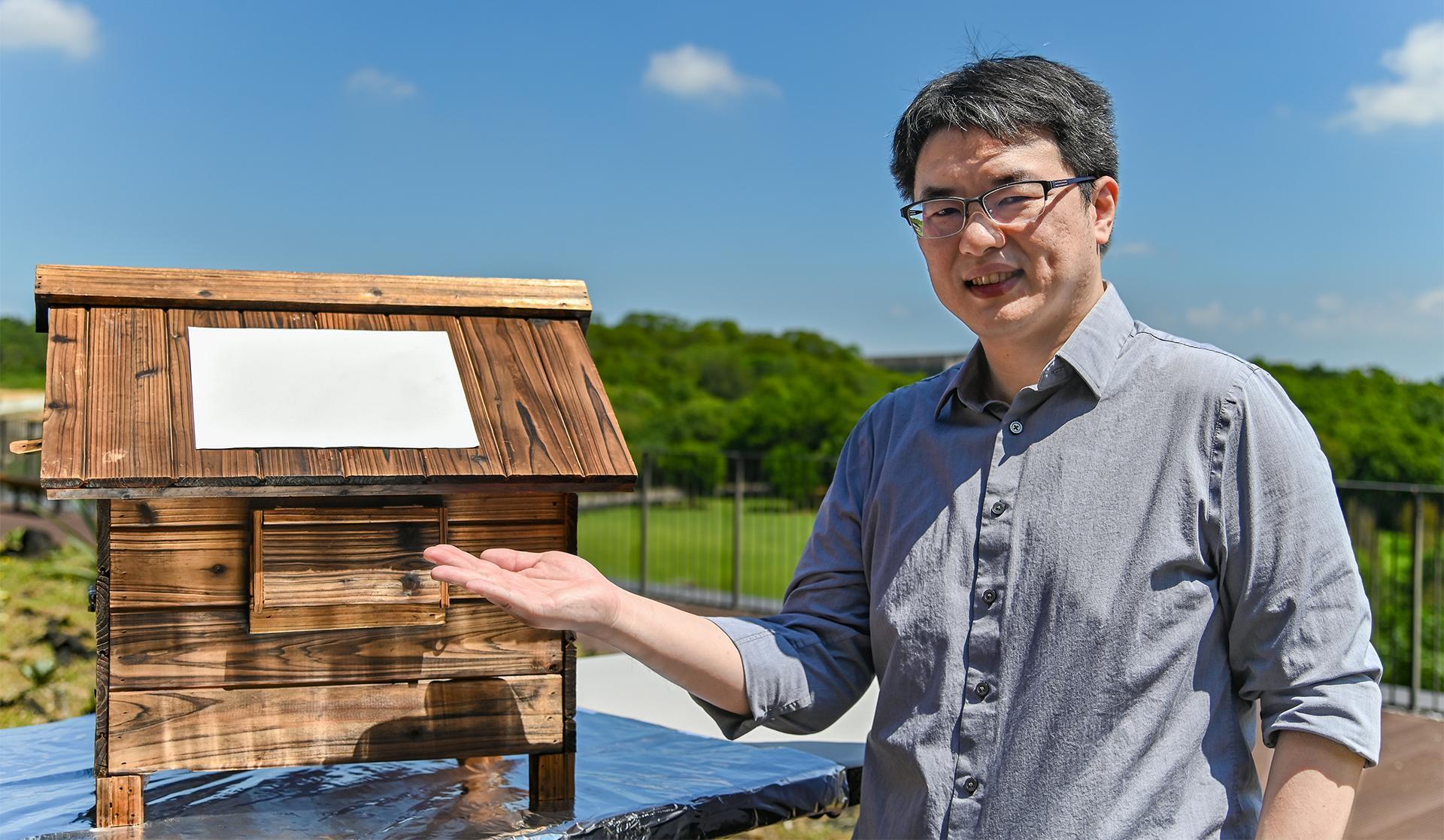
Professor Dehui Wan (萬德輝) from NTHU's Institute of Biomedical Engineering has developed a "super-cooling nanofiber" membrane, the effect of which is akin to clothing buildings in cooling attire.
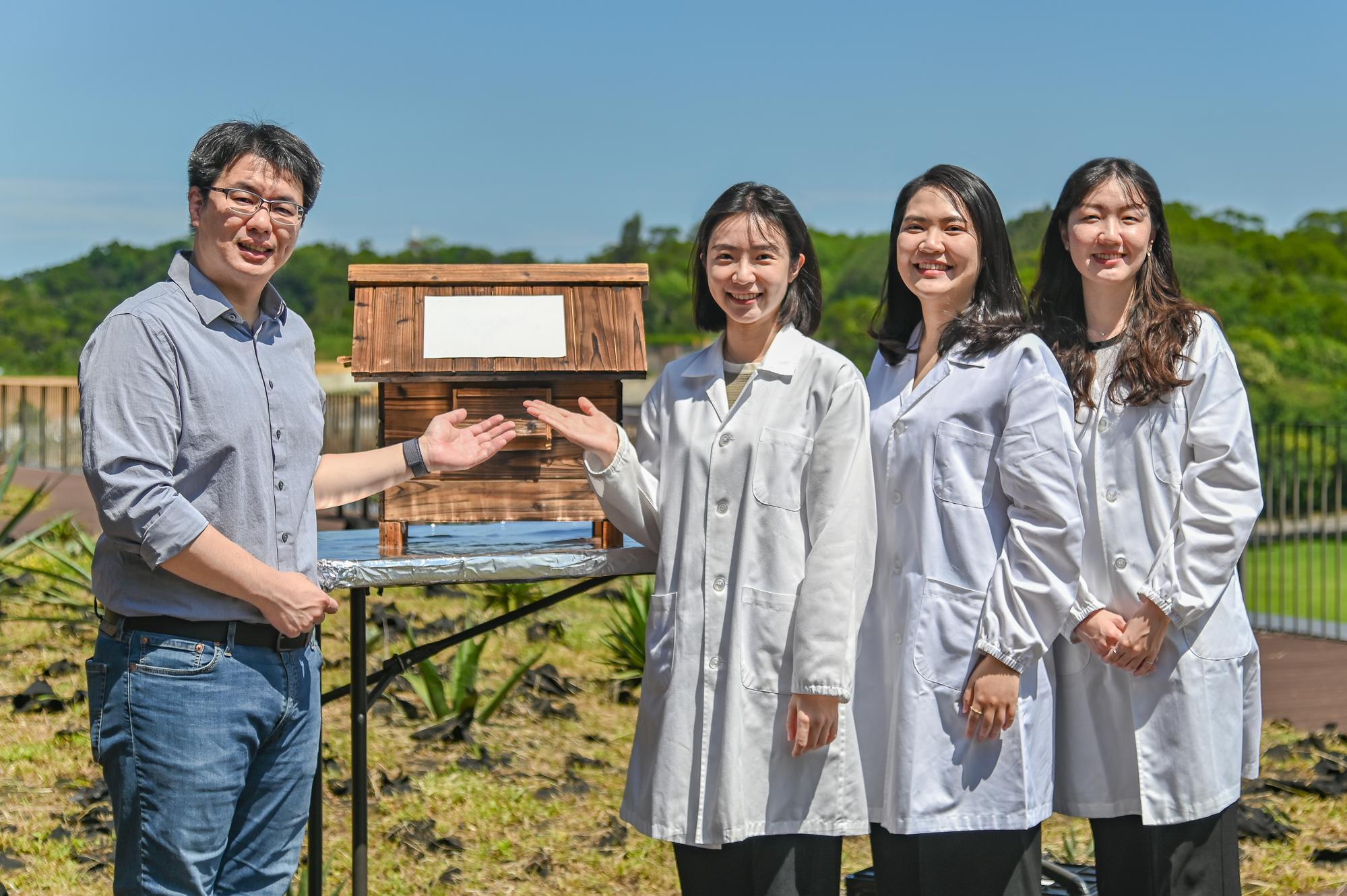
Professor Dehui Wan (萬德輝) (left) from NTHU's Institute of Biomedical Engineering led the development of the "super-cooling nanofiber" with master's students Dai-chi Chen (陳岱琪), Pin-hui Lan (藍品卉), and doctoral student Ching-wen Hwang (黃靖文).

Placing the super-cooling nanofiber on the roof of a model house reduced the temperature from 50˚C to 29˚C.
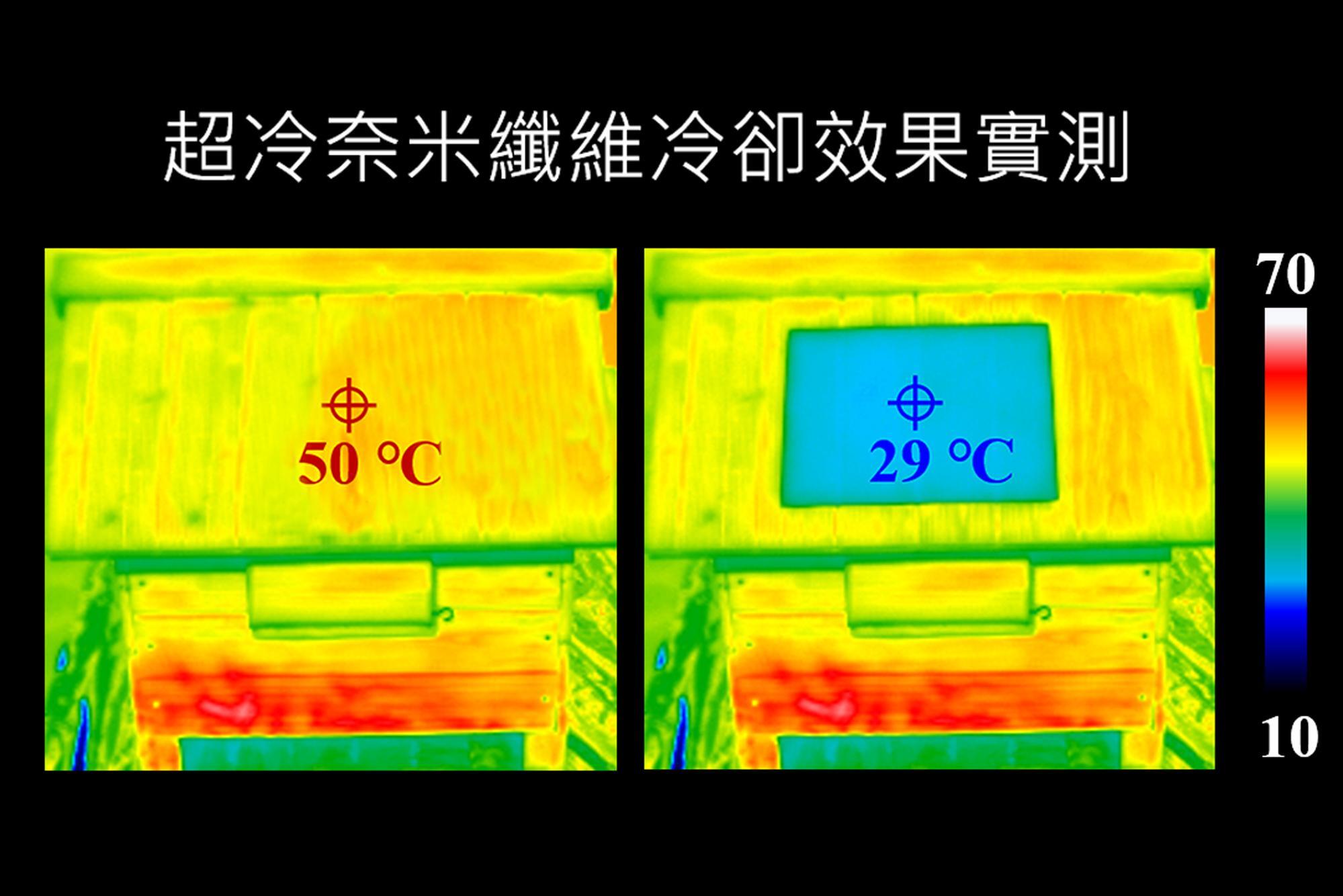
Upon applying the super-cooling nanofiber onto the roof of the model house, researchers utilized an infrared thermal imager to gauge the temperature. The results showed a decrease from 50˚C to 29˚C.
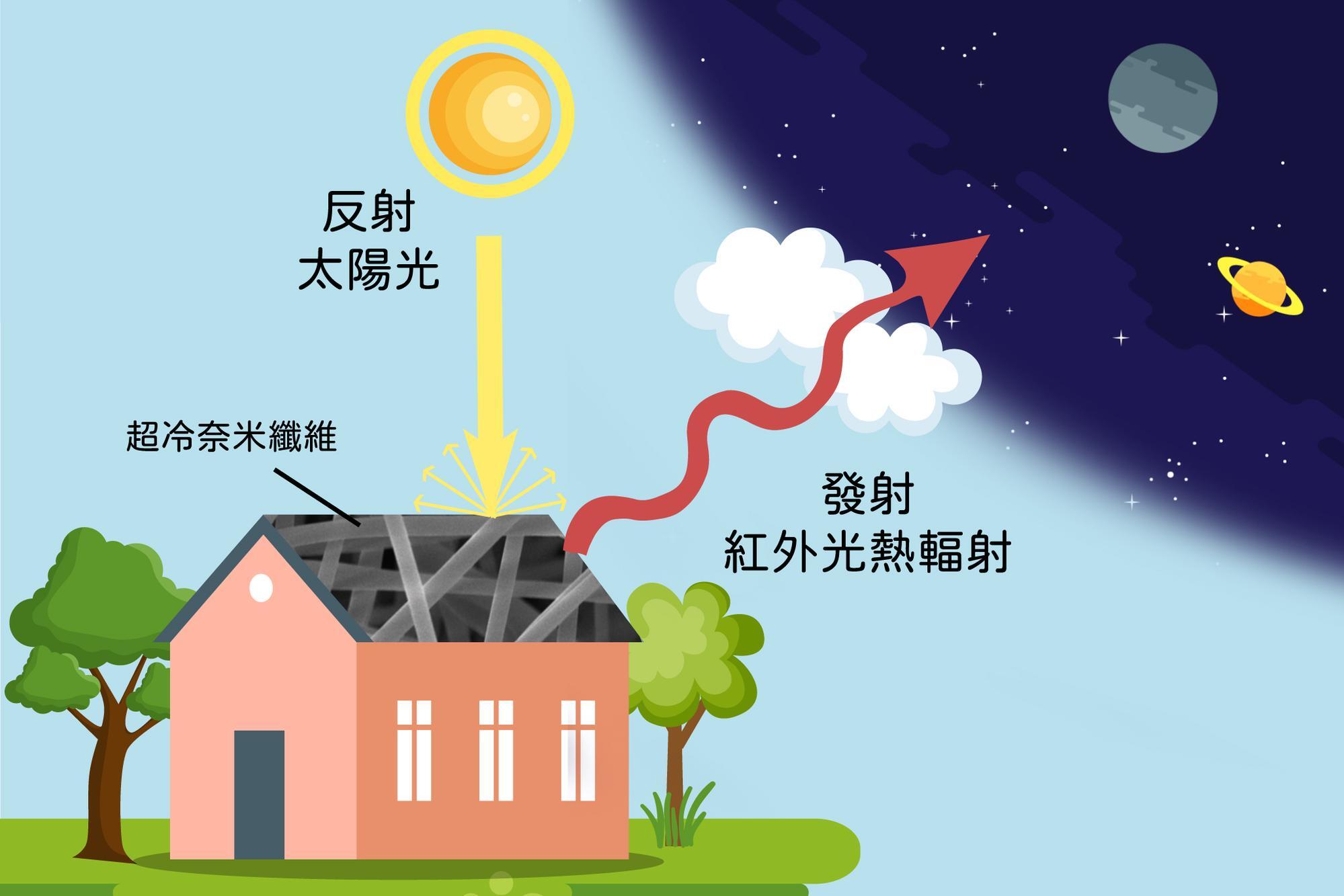
The super-cooling nanofiber has the capability to reflect 97% of sunlight and transform thermal energy into infrared radiation, which is subsequently emitted into outer space.
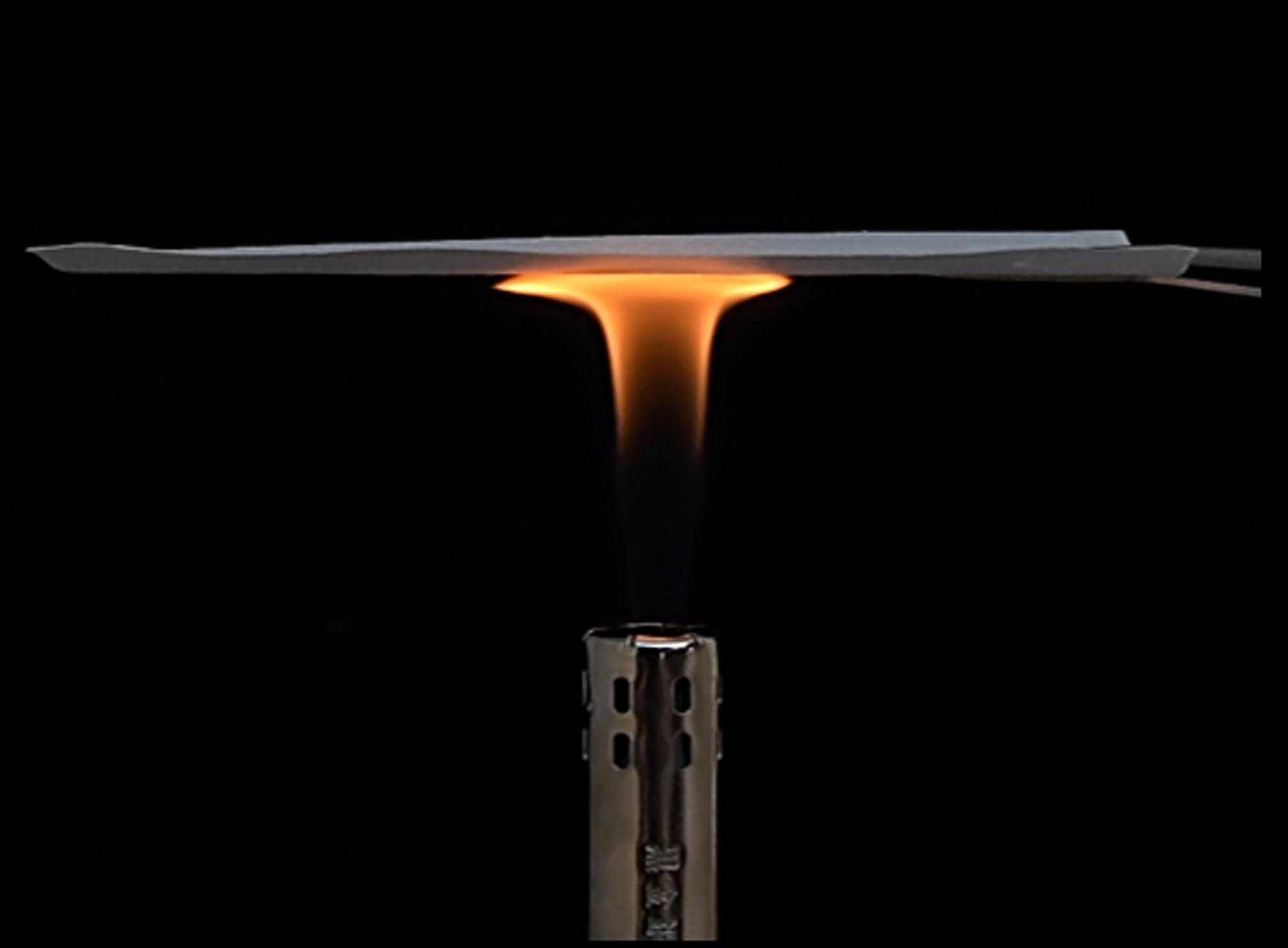
The super-cooling nanofiber has a high-temperature resistance of up to 1,100˚C.
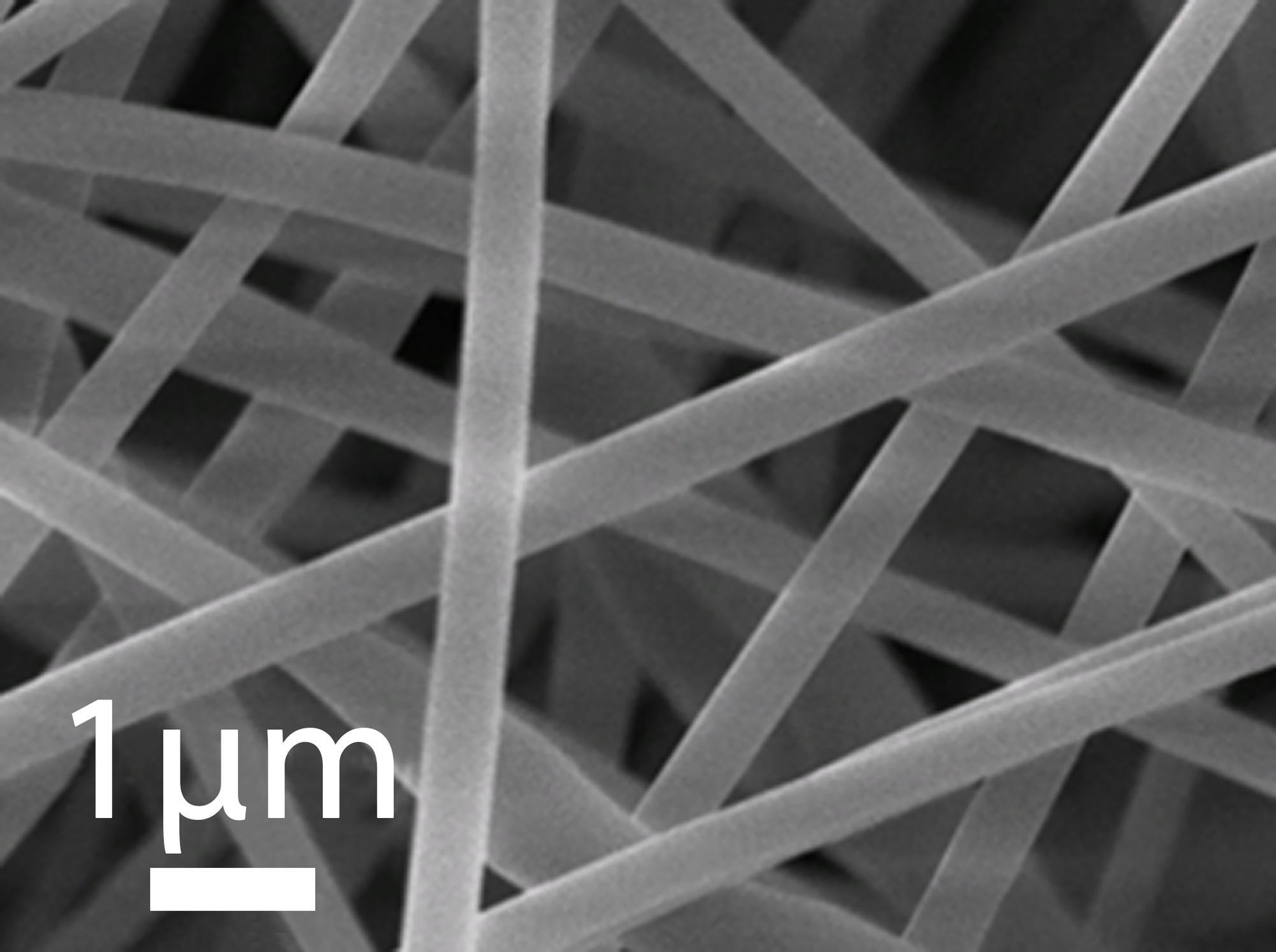
The microstructure of the super-cooling nanofiber captured under a scanning electron microscope.

Professor Dehui Wan (萬德輝) from NTHU's Institute of Biomedical Engineering has developed a "super-cooling nanofiber" membrane.
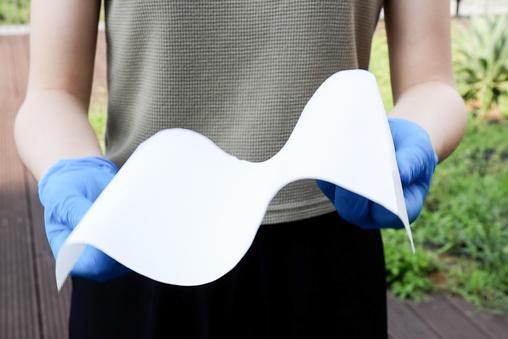
The "super-cooling nanofiber" is composed of ceramic material, which is lightweight, flexible, durable, and resistant to acid rain.
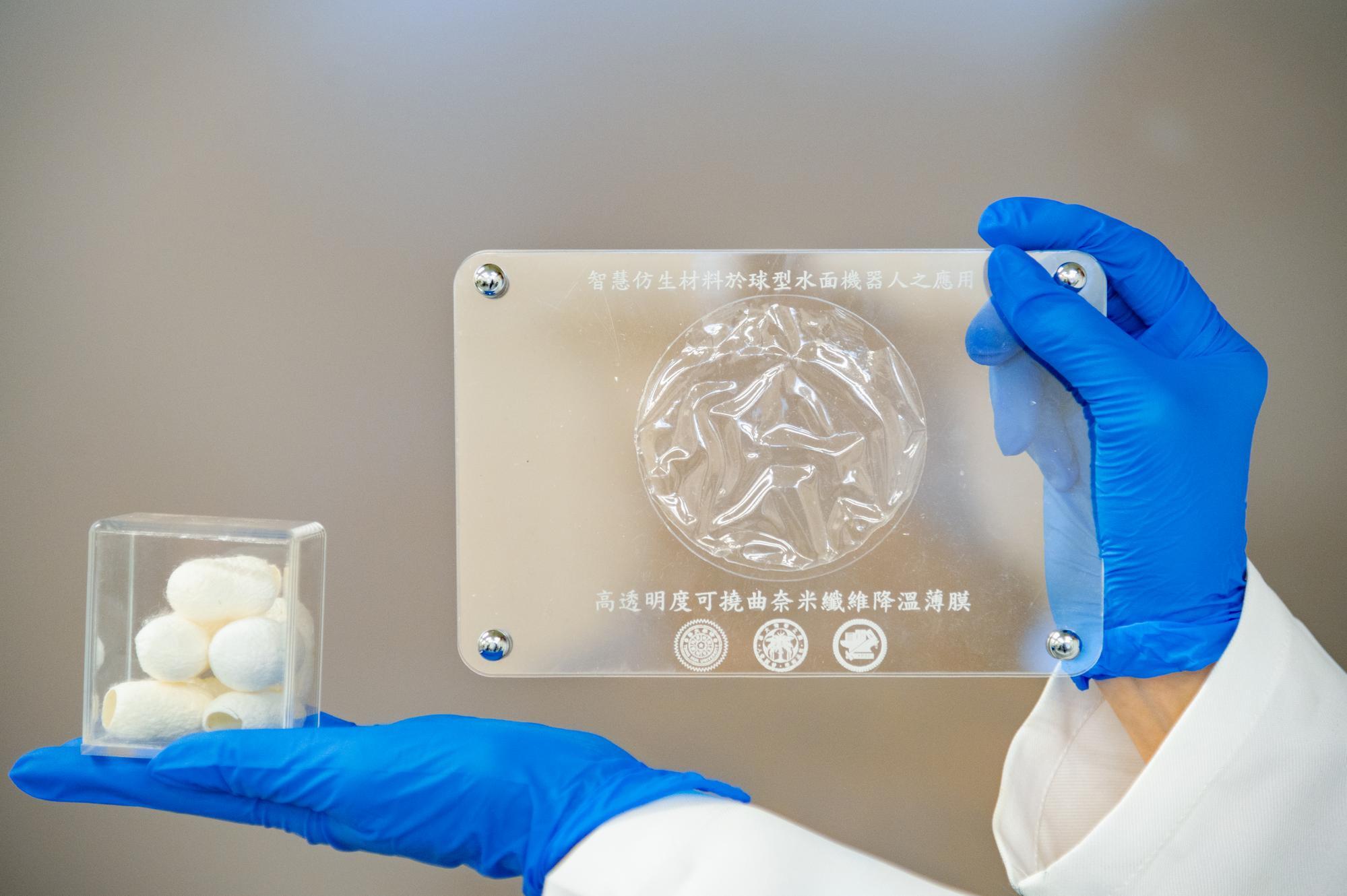
Professor Dehui Wan (萬德輝) from NTHU's Institute of Biomedical Engineering has developed the "super-cooling silk film" using silkworm cocoons.










